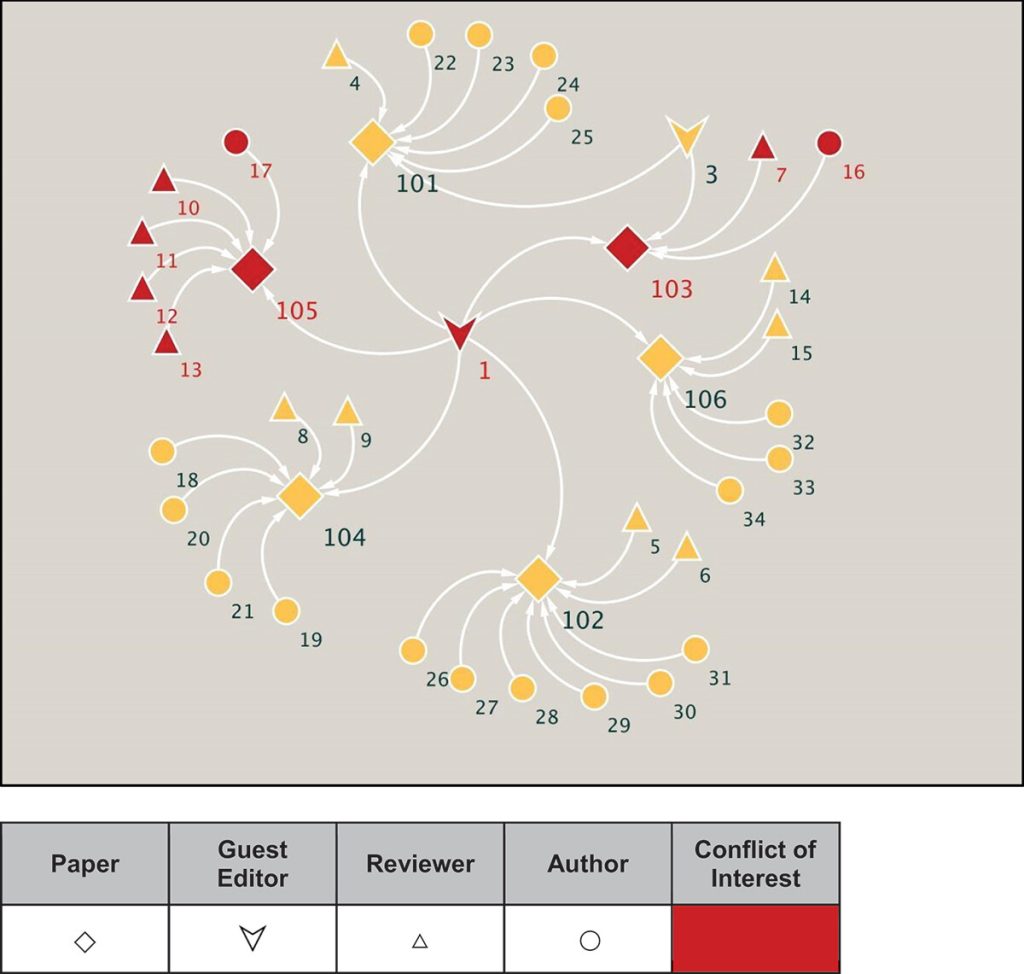
Safeguarding Scientific Integrity: A Look into Peer Review Manipulation
In the quest for truth, science is an ever-evolving field reliant on rigorous methods and unbiased dissemination of information. However, when politics or personal interests infiltrate the peer review process, the very core of scientific integrity is at risk. A recent case study, titled “Safeguarding Scientific Integrity: A Case Study in Examining Manipulation in the Peer Review Process”, sheds light on such issues within a 2022 special journal issue on fertility, pregnancy, and mental health.
Understanding the Peer Review Process
Peer review is the cornerstone of scientific publication. It involves experts in the field scrutinizing a research paper to validate its methodology, accuracy, and contribution to the field before publication. This system is designed to ensure that only high-quality, reliable research is disseminated. Peer reviewers assess the paper’s merit, check for scientific accuracy and relevance, and suggest improvements.
The Case Study’s Alarming Findings
The highlighted case study delved into six papers from a special journal issue, examining the affiliations and potential biases of authors, editors, and peer reviewers. Shockingly, two articles were discovered to have undisclosed conflicts of interest. Key individuals involved were affiliated with anti-abortion advocacy and lobbying groups, compromising the objectivity and credibility of the findings and the integrity of the peer review process itself.

Implications for the Everyday Person
For the everyday reader, understanding the trustworthiness of scientific publications is crucial. The research you read can influence everything from personal health decisions to your stance on critical social issues. When the peer review process is manipulated, it can lead to the proliferation of biased research, affecting public opinion and policy based on misrepresented facts.
Steps to Uphold Scientific Integrity
To combat these challenges, several measures can be taken:
- Open Peer Review: This involves making the peer review process more transparent, including the disclosure of reviewer names and comments.
- Strict Disclosure Policies: Journals must enforce stringent conflict of interest disclosures for all participants in the peer review process.
- Educational Initiatives: Training for researchers, reviewers, and editors about the ethics and responsibilities involved in peer review can help maintain high standards.
Conclusion: The Path Forward
The integrity of the scientific publication process is crucial for advancing knowledge and informing public policy and personal decisions. Stakeholders in the scientific community must commit to transparency, objectivity, and ethical standards to preserve the trustworthiness of published research. By understanding and valuing the peer review process, we can better appreciate and scrutinize the scientific information that shapes our world.
Key Takeaways for Readers
- Understand the role and importance of the peer review process in scientific research.
- Be aware of potential biases and conflicts of interest that can affect the quality and integrity of published research.
- Advocate for transparency and strict ethical standards in scientific publications.
Embark on a Scientific Adventure:
Join ‘This Week in Science’ and explore the universe of knowledge! Our weekly newsletter is crafted for educators and enthusiasts, bringing you the latest and most exciting scientific discoveries. Every issue is packed with cutting-edge research, breakthroughs, and captivating stories from the world of science. Subscribe now for free and transform your teaching and learning experiences. Embark on your path to becoming more knowledgeable and connected with the ever-evolving world of science.



